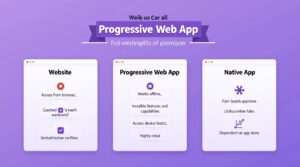click to get service View profile
In today’s digital-first world, customer expectations are evolving faster than ever. Gone are the days when one-size-fits-all solutions were enough to keep users engaged. Modern consumers crave relevance, speed, and personal attention—delivered at every touchpoint. This is where AI personalization comes into play.
By leveraging artificial intelligence, businesses can now understand customer behavior at a granular level and deliver hyper-personalized experiences in real-time. Whether it’s product recommendations, dynamic content, or conversational support, AI allows companies to anticipate needs and respond with precision—at scale.
In this article, we’ll explore how AI personalization is transforming the customer experience landscape, and how you can implement it effectively to increase engagement, build loyalty, and drive long-term growth.
Step 1: Understand the Basics of AI Personalization
First, grasp what AI Personalization entails. It’s the use of artificial intelligence to analyze customer data and deliver tailored experiences. For example, Netflix uses AI to recommend shows based on viewing history. Start by identifying your data sources—website behavior, purchase history, or social media interactions. Moreover, ensure your team understands the technology’s potential. AI isn’t just for big corporations; small businesses can benefit too. Begin with simple use cases like personalized email campaigns. Actionable Takeaway: Audit your current data sources and identify one area where AI can add personalization.
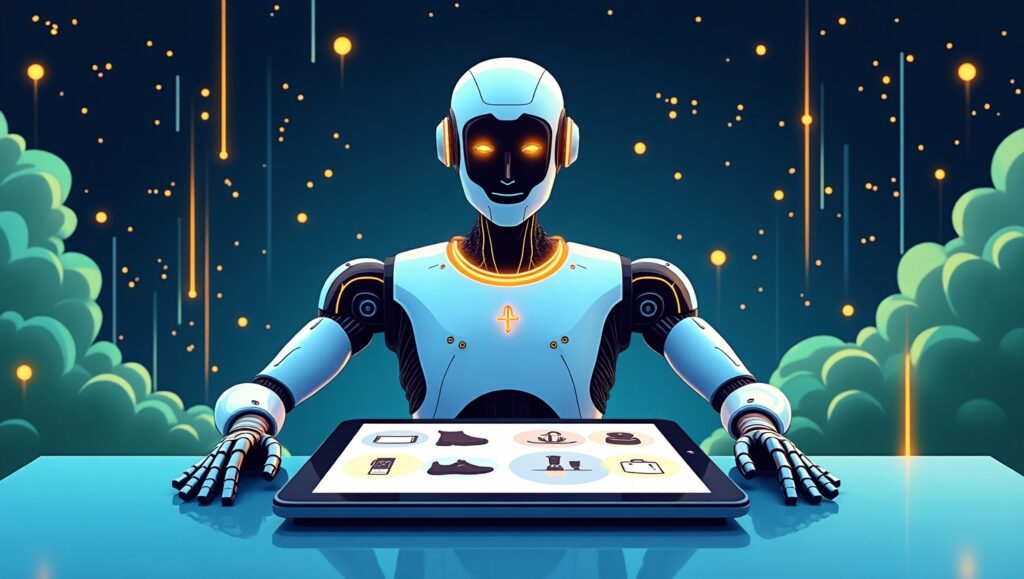
Step 2: Collect and Analyze Customer Data for Personalization
Next, gather high-quality data. AI Personalization thrives on accurate, real-time information. Use tools like Google Analytics, CRM systems, or AI-powered platforms like Salesforce Einstein. Additionally, segment your audience based on behavior, demographics, or preferences. For instance, an e-commerce store might track abandoned carts to send targeted reminders. Remember, transparency is key—always get customer consent. Actionable Takeaway: Set up a data collection plan and choose one tool to start analyzing customer behavior.
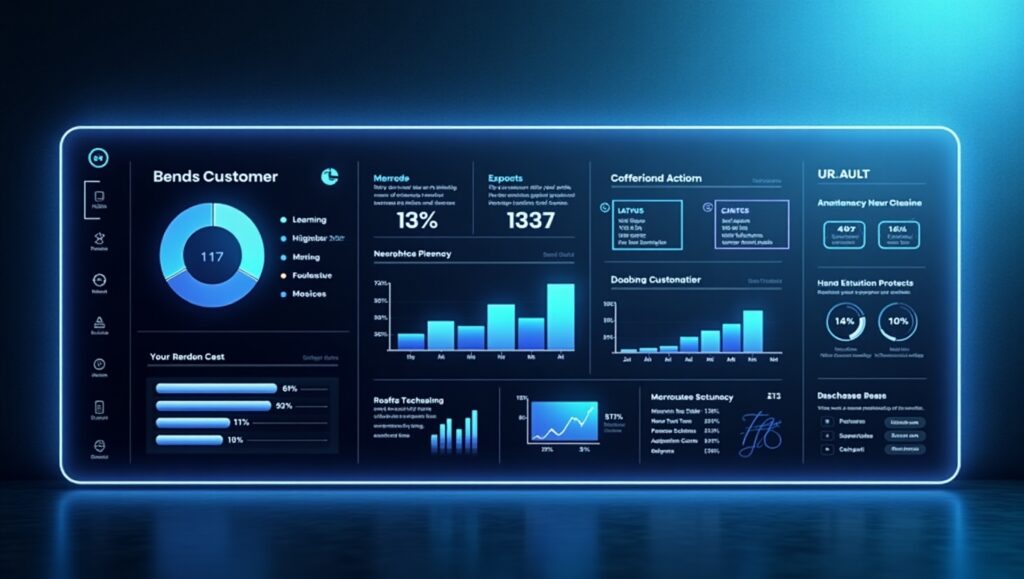
Step 3: Implement AI-Driven Personalization Tools
Now, integrate AI tools into your strategy. Platforms like Dynamic Yield or Adobe Target automate personalization. For example, Starbucks uses AI to suggest menu items via its app. Start small—test chatbots for personalized support or product recommendations. Furthermore, ensure your tools align with your goals. Actionable Takeaway: Research and pilot one AI tool to enhance personalization in your customer journey.
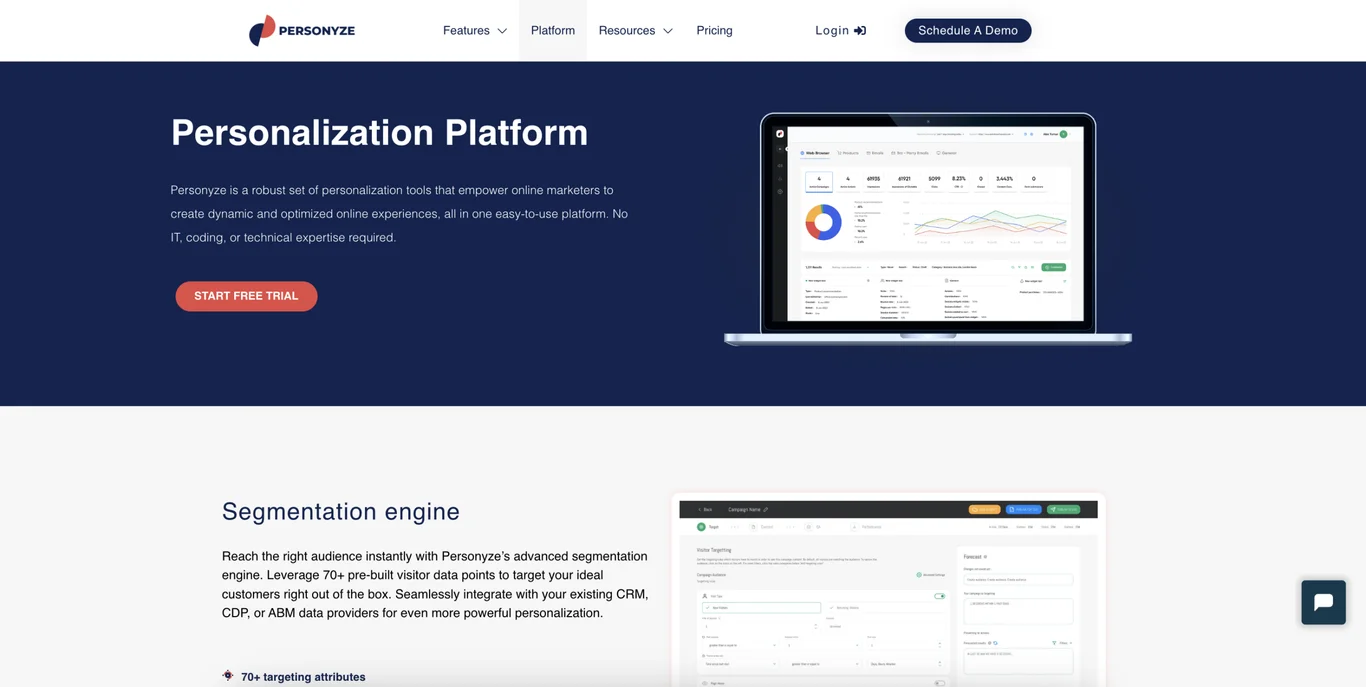
Step 4: Test and Optimize Your AI Personalization Strategy
After implementation, test rigorously. A/B test personalized vs. generic content to measure impact. For instance, Amazon constantly tweaks its recommendation engine. Additionally, monitor KPIs like conversion rates and customer satisfaction. Use feedback loops to refine your approach. Actionable Takeaway: Run one A/B test to compare personalized and non-personalized experiences.
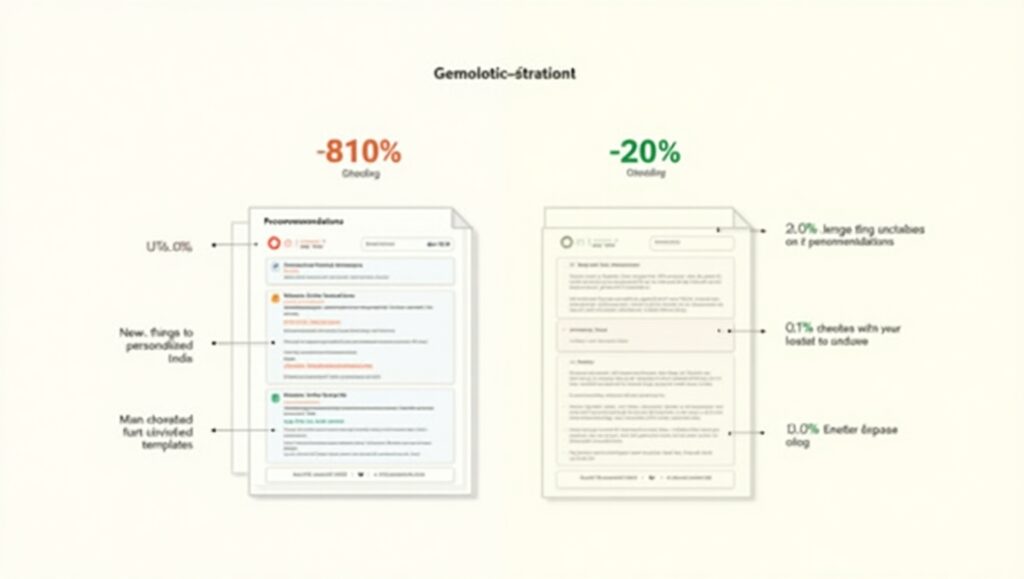
Step 5: Scale Your AI Personalization Efforts
Finally, scale your efforts. Expand personalization across touchpoints—email, ads, and in-store experiences. For example, Sephora’s AI-powered app offers virtual try-ons. Moreover, train your team to leverage AI insights. Stay updated on trends like voice search personalization. Actionable Takeaway: Identify one new channel to extend your AI Personalization strategy.
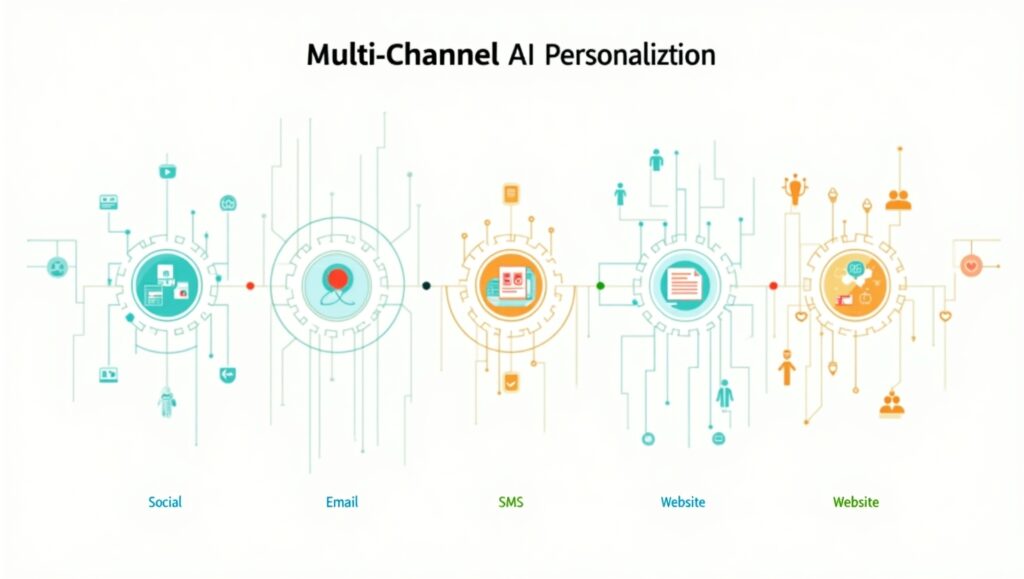
Summary
AI personalization is transforming the way businesses engage with customers by enabling them to deliver tailored, real-time experiences based on individual behavior, preferences, and context. Unlike traditional segmentation or manual customization, AI-powered systems can dynamically adapt content, recommendations, and interactions at every touchpoint—automatically and at scale.
This article dives into how AI personalization works, including its core technologies (machine learning, NLP, predictive analytics), the types of personalization it supports, and the impact it has across industries—from e-commerce to SaaS. You’ll also discover real-world examples like personalized product suggestions, intelligent chatbots, dynamic pricing, and hyper-targeted ads—plus strategies to overcome key challenges like data privacy, over-personalization, and implementation costs.
Whether you’re a product designer, marketer, or business leader, this guide provides the knowledge you need to elevate your customer experience and stay competitive in a hyper-personalized digital world.

